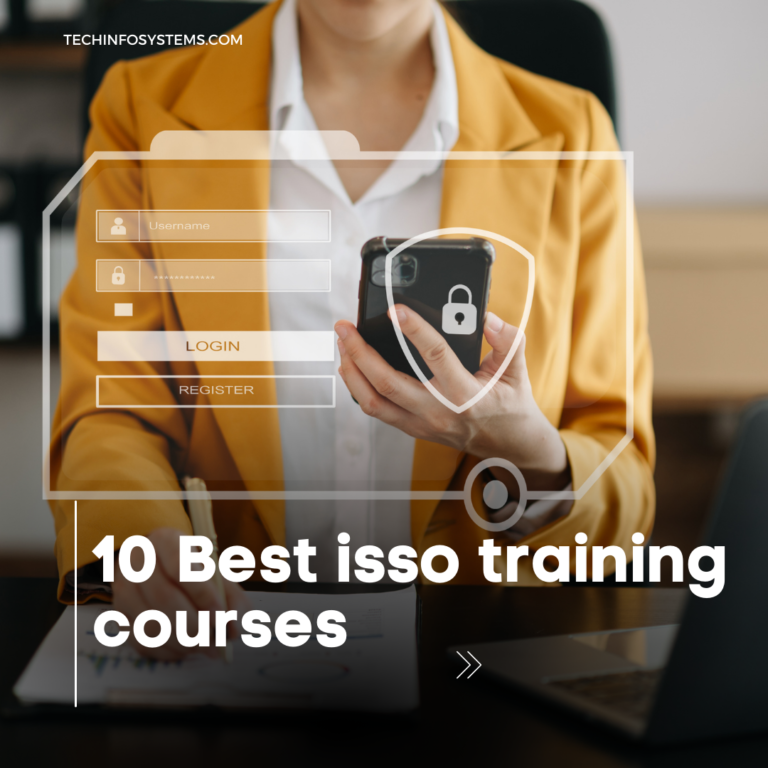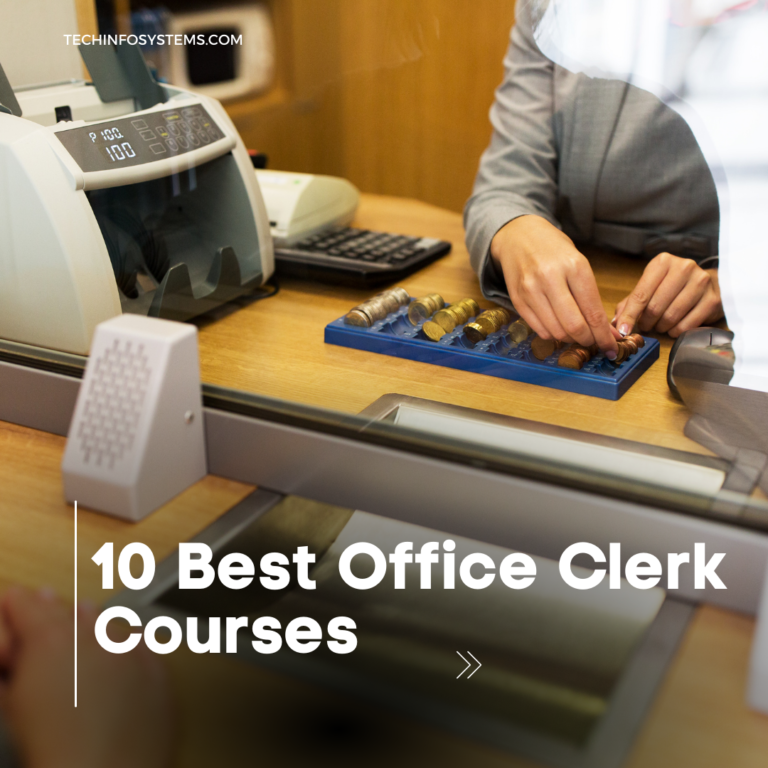How can medical spa software streamline operations?

In today’s fast-paced world, technology plays a crucial role in transforming businesses across various industries, and the medical spa industry is no exception. With the advancements in software and digital solutions, med spas can streamline their operations, enhance customer experiences, and boost overall efficiency. In this article, we will explore how medical spa software can revolutionize operations and provide a competitive edge in the industry.
1.Efficient Appointment Management:
1.1 Automated Scheduling:
- Simplify appointment scheduling with intuitive and user-friendly interfaces that allow staff to easily book and manage appointments.
- Reduce human errors and double bookings commonly associated with manual scheduling systems.
- Save time and effort by automating the process, freeing up staff to focus on providing quality service to clients.
1.2 Reduce No-Shows:
- Automated reminders and notifications help minimize the number of no-show appointments.
- Send timely reminders to clients via email, SMS, or push notifications to ensure they remember their scheduled appointments.
- Optimize scheduling by automatically filling any canceled slots with waitlisted clients, reducing gaps in the schedule.
1.3 Online Booking Convenience:
- Empower clients with the ability to schedule appointments conveniently through online booking options.
- Offer a user-friendly and intuitive interface where clients can view available time slots and select their preferred appointment times.
- Provide 24/7 accessibility, allowing clients to book appointments at their convenience, even outside of business hours.
2. Comprehensive Client Management:
2.1 Centralized Customer Database:
- Maintain a centralized database that securely stores client information, including personal details, treatment history, preferences, and allergies.
- Easily access client profiles to provide personalized services and tailor marketing campaigns to their specific needs.
- Streamline communication by having all relevant client information readily available in one place.
2.2 Personalized Service Delivery:
- Utilize client details from the centralized database to offer personalized treatments based on their preferences, history, and specific needs.
- Customize marketing campaigns by targeting specific client segments with promotions and offers that align with their interests and preferences.
- Enhance communication with clients by referring to their previous treatments and preferences, fostering a more personalized and satisfactory experience.
2.3 Enhance Customer Satisfaction:
- Leverage client information to improve service quality, such as tailoring treatments and recommendations based on their previous experiences.
- Anticipate client needs and preferences, resulting in a more personalized and satisfactory experience.
- Foster client loyalty by demonstrating a deep understanding of their preferences and providing consistently high-quality service.
3. Streamlined Inventory Management:
3.1 Inventory Tracking:
- Effortlessly track inventory levels, including products, supplies, and equipment used in med spa treatments.
- Maintain accurate records of stock quantities and locations to ensure efficient supply chain management.
- Streamline inventory replenishment by generating automated purchase orders when stock levels reach predefined thresholds.
3.2 Low Stock Alerts:
- Receive automated alerts and notifications when stock levels are low to prevent running out of essential products.
- Minimize the risk of treatment interruptions by being proactively notified to reorder products or supplies in a timely manner.
- Avoid revenue loss from missed treatment opportunities due to inadequate inventory.
3.3 Reduce Wastage:
- Optimize inventory management to minimize wastage by tracking expiration dates and usage patterns.
- Identify slow-moving or obsolete inventory to make informed decisions on discounting, promotions, or removal from stock.
- Improve profitability by reducing unnecessary stock accumulation and associated carrying costs.
4. Automated Billing and Payments:
4.1 Simplified Billing Processes:
- Automate billing processes to save time, reduce manual errors, and streamline financial operations.
- Generate accurate invoices based on treatments or services provided, eliminating the need for manual calculation and paperwork.
- Speed up billing cycles by automating the generation and delivery of invoices to clients.
4.2 Integrated Payment Gateways:
- Securely accept payments from clients, whether in-person or online, through integrated payment gateways.
- Provide clients with multiple payment options, including credit/debit cards, digital wallets, or electronic fund transfers.
- Enhance financial transparency by automatically reconciling payments and updating client accounts.
4.3 Speedy Payment Cycles:
- Streamline payment collection by offering convenient and efficient payment processes.
- Reduce administrative overhead by automating payment tracking, follow-ups, and reconciliation.
- Improve cash flow by accelerating the speed at which payments are received and processed.
5. Data-Driven Marketing and Decision Making:
5.1 Track Marketing Metrics:
- Analyze key marketing metrics, such as customer acquisition, retention rates, and return on investment (ROI), to evaluate the effectiveness of marketing campaigns.
- Identify the most successful marketing channels and tactics to allocate resources effectively and optimize marketing strategies.
- Make data-driven decisions by understanding which campaigns generate the highest returns and adjust marketing efforts accordingly.
5.2 Customer Insights:
- Gain valuable insights into customer behavior and preferences through data analysis.
- Identify patterns and trends in client preferences, allowing for targeted engagement and more personalized marketing campaigns.
- Tailor promotions, offers, and loyalty programs to specific customer segments based on their preferences and past behaviors.
5.3 Maximize Revenue:
- Utilize data to attract new clients, increase repeat visits, and maximize revenue streams.
- Identify high-value clients and create targeted promotions to encourage them to book additional services or refer others.
- Optimize pricing strategies based on customer demand and profitability analysis, increasing revenue and maximizing profit margins.
6. Robust Data Security and Compliance:
6.1 Confidentiality and Integrity:
- Ensure sensitive client information is safeguarded through robust security measures such as data encryption, user access controls, and regular data backups.
- Protect client privacy and maintain the confidentiality and integrity of their personal and medical information.
- Mitigate the risk of data breaches and maintain compliance with privacy regulations, such as HIPAA.
6.2 Compliance with Privacy Regulations:
- Stay up-to-date with the latest privacy regulations and industry standards to ensure compliance.
- Work with reputable software providers who regularly update their solutions to meet evolving privacy requirements.
- Implement measures to secure client data and demonstrate a commitment to protecting sensitive information.
7. Effective Communication and Collaboration:
7.1 Seamless Communication Channels:
- Utilize internal messaging systems and shared calendars to enhance communication and coordination among staff members.
- Improve internal collaboration by enabling real-time communication and quick information sharing.
- Reduce miscommunication and ensure all team members are aligned with their schedules and responsibilities.
7.2 Real-Time Updates and Task Assignments:
- Improve teamwork and productivity by providing real-time updates, task assignments, and progress tracking.
- Streamline workflows by assigning tasks and responsibilities to specific team members, ensuring everyone is aware of their roles and deadlines.
- Centralize document repositories to facilitate collaboration and easy access to important files and information.
8. Advanced Analytics for Informed Decision Making:
8.1 Performance Metrics Tracking:
- Monitor key performance indicators (KPIs) such as revenue trends, client satisfaction levels, and employee productivity to identify areas for improvement.
- Set measurable goals and track progress against them to ensure continuous growth and success.
- Use performance metrics to identify strengths and weaknesses, make data-driven decisions, and implement strategies for improvement.
8.2 Data-Driven Decision Making:
- Utilize analytics to extract actionable insights from the data collected within the software.
- Make informed decisions based on data analysis, improving operational efficiency and service quality.
- Identify trends, patterns, and opportunities to optimize business processes and drive growth.
9. Mobility and Flexibility:
9.1 Access on the Go:
- Manage your business from anywhere through mobile applications or responsive web interfaces.
- Access real-time information, including appointments, client details, and inventory levels, conveniently from smartphones or tablets.
- Stay connected with your business even when you are not physically present at the med spa.
9.2 Stay Connected:
- Enable staff members to access their schedules, communicate with clients, and access vital information while on the move.
- Enhance productivity and responsiveness by ensuring staff members have the necessary information at their fingertips.
- Facilitate efficient operations by enabling staff members to manage their tasks and workflows remotely.
10. Scalability to Accommodate Business Growth:
10.1 Adaptable to Evolving Needs:
- Scale the software to accommodate new locations, expanded service offerings, and an increased client base as your business grows.
- Ensure the software can handle increased data volume and provide seamless performance as your operations expand.
- Avoid the need for costly and time-consuming software migrations by investing in a scalable solution from the start.
10.2 Deliver High-Quality Services:
- Ensure the software can effectively manage the growing demands of your business while maintaining service quality.
- Maintain efficient operations and deliver consistent customer experiences even as your business expands.
- Offer seamless and uninterrupted service to clients, building a reputation for reliability and professionalism.
11. Effective Customer Feedback Management:
11.1 Efficient Feedback Collection:
- Utilize features within the software to collect and manage customer feedback, such as automated surveys and online review monitoring.
- Streamline the feedback collection process, making it easy for clients to provide their opinions and suggestions.
- Gain valuable insights into client experiences, satisfaction levels, and areas for improvement.
11.2 Improve Service Quality:
- Actively address feedback and promptly respond to any concerns or issues raised by clients.
- Use customer feedback to identify opportunities for service improvement and make necessary adjustments.
- Build a strong brand reputation by actively managing customer feedback and continuously striving for service excellence.
12. Integration with Other Systems and Tools:
12.1 Enhanced Functionality:
- Integrate the med spa software with accounting software to simplify financial management, including invoicing, expense tracking, and financial reporting.
- Integrate with email marketing platforms to streamline marketing campaigns, automate customer communications, and track campaign effectiveness.
- Eliminate the need for manual data entry and reduce errors by connecting various software solutions.
12.2 Streamlined Workflow:
- Create a seamless workflow by integrating the med spa software with other systems and tools used in your operations.
- Enable data flow between different software solutions, reducing duplicate entry and ensuring data consistency.
- Improve overall efficiency by automating processes and facilitating information sharing across different departments.
Training and Support for a Smooth Transition:
13.1 Comprehensive Training:
- Reputable software providers offer comprehensive training resources, including documentation, video tutorials, and live support.
- Ensure your staff receives adequate training to proficiently use the software and take advantage of its features.
- Minimize the learning curve and maximize the benefits of the software by investing in training resources provided by the software provider.
13.2 Overcome Challenges:
- Receive ongoing support from the software provider to overcome any implementation challenges or issues that may arise.
- Leverage the expertise of the software provider’s support team to resolve technical problems and optimize software usage.
- Continuously improve the software implementation by incorporating feedback and best practices provided by the software provider.
Medical spa software offers a wide range of features and benefits that streamline operations in the industry. From efficient appointment management and comprehensive client management to streamlined inventory control, automated billing and payments, data-driven marketing and decision-making, robust data security and compliance, effective communication and collaboration, advanced analytics, mobility and flexibility, scalability, customer feedback management, integration with other systems and tools, and training and support, the software provides a holistic solution to enhance operational efficiency, improve customer experiences, and drive business growth. By embracing medical spa software, businesses can optimize their operations, gain a competitive edge, and thrive in the fast-paced world of the medical spa industry.
FAQs
Q1: How can medical spa software simplify appointment scheduling?
A: Medical spa software provides intuitive and user-friendly interfaces that make appointment scheduling a breeze. Staff can easily view available time slots, book appointments, and manage the schedule. Automated features, such as reminders and notifications, help reduce no-shows and optimize scheduling. Online booking options empower clients to conveniently schedule appointments at their preferred times.
Q2: What are the benefits of comprehensive client management with medical spa software?
A: Medical spa software allows businesses to maintain a centralized customer database. This database includes client information, treatment history, preferences, and allergies. Access to this information enables personalized service delivery, customized marketing campaigns, and effective communication. By leveraging client details, businesses can improve service quality, enhance customer satisfaction, and foster loyalty.
Q3: How does medical spa software streamline inventory management?
A: Medical spa software simplifies inventory management by offering features like inventory tracking and automated alerts. Businesses can effortlessly track inventory levels, streamline supply chain processes, and receive notifications when stock levels are low. This helps prevent product shortages, reduces wastage, and improves overall profitability.
Q4: How does medical spa software automate billing and payments?
A: With medical spa software, billing processes are automated, saving time and reducing errors. The software generates accurate invoices based on treatments or services provided. Integrated payment gateways allow businesses to securely accept payments from clients, whether in-person or online. This streamlines payment collection, improves financial transparency, and speeds up payment cycles.
Q5: How can data-driven marketing and decision making be achieved with medical spa software?
A: Medical spa software provides tools to track marketing metrics, analyze customer behavior, and gain valuable insights. Businesses can monitor customer acquisition, retention rates, and ROI to tailor marketing campaigns effectively. By understanding customer preferences and behaviors, businesses can maximize revenue, attract new clients, and increase repeat visits.
Q6: How does medical spa software ensure data security and compliance?
A: Data security and compliance are prioritized in medical spa software. The software offers robust security measures like encryption, user access controls, and regular data backups to safeguard sensitive client information. Reputable software providers also ensure compliance with privacy regulations, such as HIPAA, to meet legal requirements and protect client confidentiality.
Q7: How does effective communication and collaboration work with medical spa software?
A: Medical spa software facilitates seamless communication among staff members through internal messaging systems and shared calendars. Real-time updates, task assignments, and centralized document repositories improve teamwork and productivity. Staff members can stay connected, coordinate activities, and access information efficiently, enhancing overall collaboration.
Q8: How can advanced analytics in medical spa software aid in decision making?
A: Medical spa software provides advanced analytics tools to track key performance indicators (KPIs), revenue trends, and customer satisfaction levels. By monitoring and analyzing these metrics, businesses can make data-driven decisions, identify areas for improvement, and optimize strategies for growth.
Q9: How does mobility and flexibility contribute to streamlined operations with medical spa software?
A: Medical spa software often includes mobile applications or responsive web interfaces, enabling businesses to manage operations from anywhere. Staff can access appointments, client information, and inventory levels conveniently from smartphones or tablets. This mobility and flexibility enhance productivity, responsiveness, and overall efficiency.
Q10: How does medical spa software support scalability for business growth?
A: Medical spa software is designed to accommodate the evolving needs of businesses. It can scale alongside business growth, whether adding new locations, expanding service offerings, or increasing the client base. The software ensures that businesses can continue delivering high-quality services while effectively managing the growing demands of the industry.
Q11: How does medical spa software facilitate effective customer feedback management?
A: Medical spa software includes features that facilitate efficient customer feedback collection and management. Automated surveys and online review monitoring enable businesses to gather insights about client experiences, satisfaction levels, and suggestions for improvement. Actively addressing feedback helps improve service quality, build a strong brand reputation, and enhance customer loyalty.
Q12: How does medical spa software integrate with other systems and tools?
A: Medical spa software can integrate with other systems and tools to enhance functionality and streamline operations. For example, integration with accounting software simplifies financial management, while integration with email marketing platforms enables targeted marketing campaigns. These integrations eliminate manual data entry, reduce errors, and save time.
Q13: What training and support are available when implementing medical spa software?
A: Reputable medical spa software providers offer comprehensive training and support resources. These may include documentation, video tutorials, and live support to ensure businesses and their staff can proficiently use the software. Ongoing support is provided to address any implementation challenges and maximize the software’s features.






